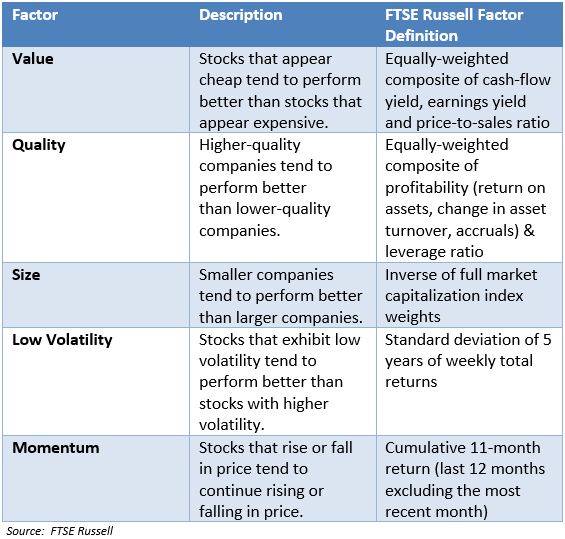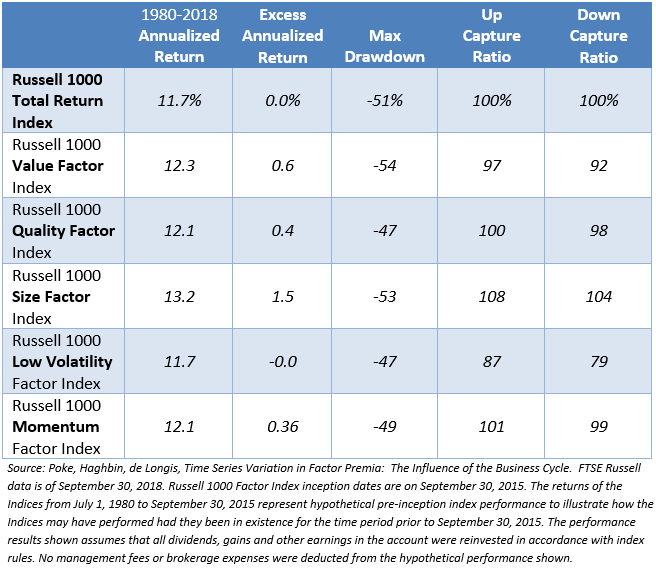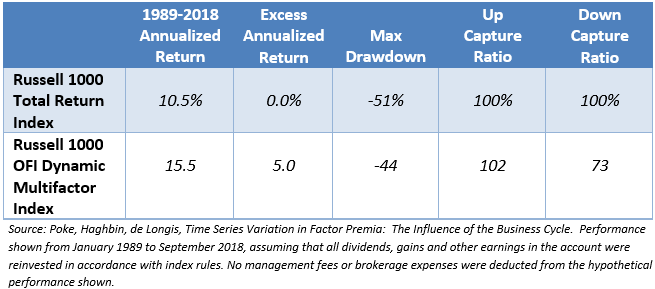How Playing "Rock, Paper, Scissors" Can Help You Understand the Market

Investing used to be simple. You would go out and buy and index fund, and then forget about it for the next ten years. It’s easy and inexpensive. This is called a “passive” strategy because you really didn’t need to do anything, beyond making the initial decision.
But not all index funds are created equal. While the Vanguard S&P 500 Index is still the largest mutual fund in the known multi-verse, there has been an explosion in what can be described as “enhanced” index funds. These are based on a few simple principles that have been shown to generate out-performance over time.
Enhanced index funds exist in something of a gray zone between “passive” and “active” strategies known as “factor” investing. It is an approach that fits well with the rising trend of robo-advisors coming into the marketplace today.
Based on Morningstar research, there are now 1,500 single-factor ETFs on the market. These can be categorized into five basic varieties….

Once a factor is identified, a custom index can be built by screening for stocks that satisfy the selected definition.
I’m beginning to see your eyes glaze over… but wait, this is really interesting stuff!
Looking back at almost 40 years of data, these five factors do appear to generate some outperformance over time, mostly in the 0.3% to 1.5% per year range.

The Size factor generally seems to provide the best returns, in exchange for the greatest risk. Meanwhile, the Low Volatility factor doesn’t seem to outperform over time, but does offer great protection during down periods. Both seem to be good, but each one is best under different circumstances. Furthermore, no single factor performs best every single year.
What ends up happening is a fairly highbrow game of “rock, paper, scissors.” You never know which one is going to win, so many portfolio managers choose a mixed strategy of factors. That means doing a little bit of each.
The key difference here is that unlike the original game, the investing version tends to play the same hand sequentially. Meaning, if Momentum has outperformed last year, the odds are good that Momentum will outperform this year, as well. This may occur until Momentum is so overpriced that it eventually fails. Sometimes, it fails badly.
While you might want to follow one-year trends in factor performance, following 5-year trends can be hazardous to your portfolio. In short, you can run the risk of becoming too predictable for your own good. Spend too much time playing with scissors, and you’ll eventually get crushed by a rock.
So, how do you know which factors to play?
The guys at Oppenheimer Funds put together an actively managed index strategy that allocates between the five basic factors, based on the business cycle. The timing for the business cycle is determined by watching key economic indicators and what they refer to as “global risk appetite.”

And the back-tested results are looking quite good, generating annualized out-performance in the +5% range. Please keep in mind the fact that most new strategies look pretty amazing in hindsight.

At the end of 2017, a new ETF was released that follows this active allocation approach. The Oppenheimer Russell 1000 Dynamic Multifactor ETF (ticker: OMFL) is off to a great start. It may be one of the few new ETFs that you can buy, hold, and then forget about for ten years.
Can it be possible that index investing is simple again?
Jim Lee, CFA, CMT, CFP®
Disclosure: Information contained herein is for educational purposes only and is not to be considered a recommendation to buy or sell any security or investment advice. The advisor holds shares of the Oppenheimer Russell 1000 Dynamic Multifactor ETF in client accounts. Securities listed herein are for illustrative purposes only and are not to be considered a recommendation.
